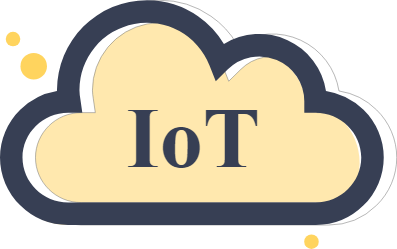Securing IoT applications is a growing concern in the modern digital landscape. As the number of connected devices increases, so does the potential for security vulnerabilities. With IoT systems managing everything from smart homes to industrial operations, it is critical to follow best practices for securing IoT applications to prevent unauthorized access, data breaches, and cyberattacks.
1. Strong Authentication and Access Control:
Each IoT device and user should have a unique identifier, and developers should enforce multi-factor authentication (MFA). Ensuring only authenticated users and devices access the network reduces the risk of unauthorized entry.
2. Data Encryption:
Sensitive data transmitted between IoT devices and cloud servers should always be encrypted. Implement end-to-end encryption protocols such as TLS (Transport Layer Security) to protect data in transit, and store sensitive information securely using encryption to prevent data theft.
3. Regular Firmware and Software Updates:
Many IoT devices run on outdated firmware, leaving them vulnerable to known security flaws. Implementing a process for regular updates ensures that devices are running on the latest, most secure versions, protecting them from evolving cyber threats.
4. Secure APIs:
APIs are commonly used for communication between IoT devices and platforms. Using secure APIs with strong authentication mechanisms, encrypted communications, and limited access rights is vital to prevent unauthorized access or data manipulation.
5. Network Segmentation:
By separating IoT devices from other parts of the network, developers can minimize the impact of a security breach. If one device is compromised, the attack can be isolated without affecting the rest of the system.
Following these best practices is essential for building secure, reliable IoT applications. Partnering with a trusted IoT app development company ensures that your applications are built with security at the forefront, helping protect your data and devices from potential threats.





Comments